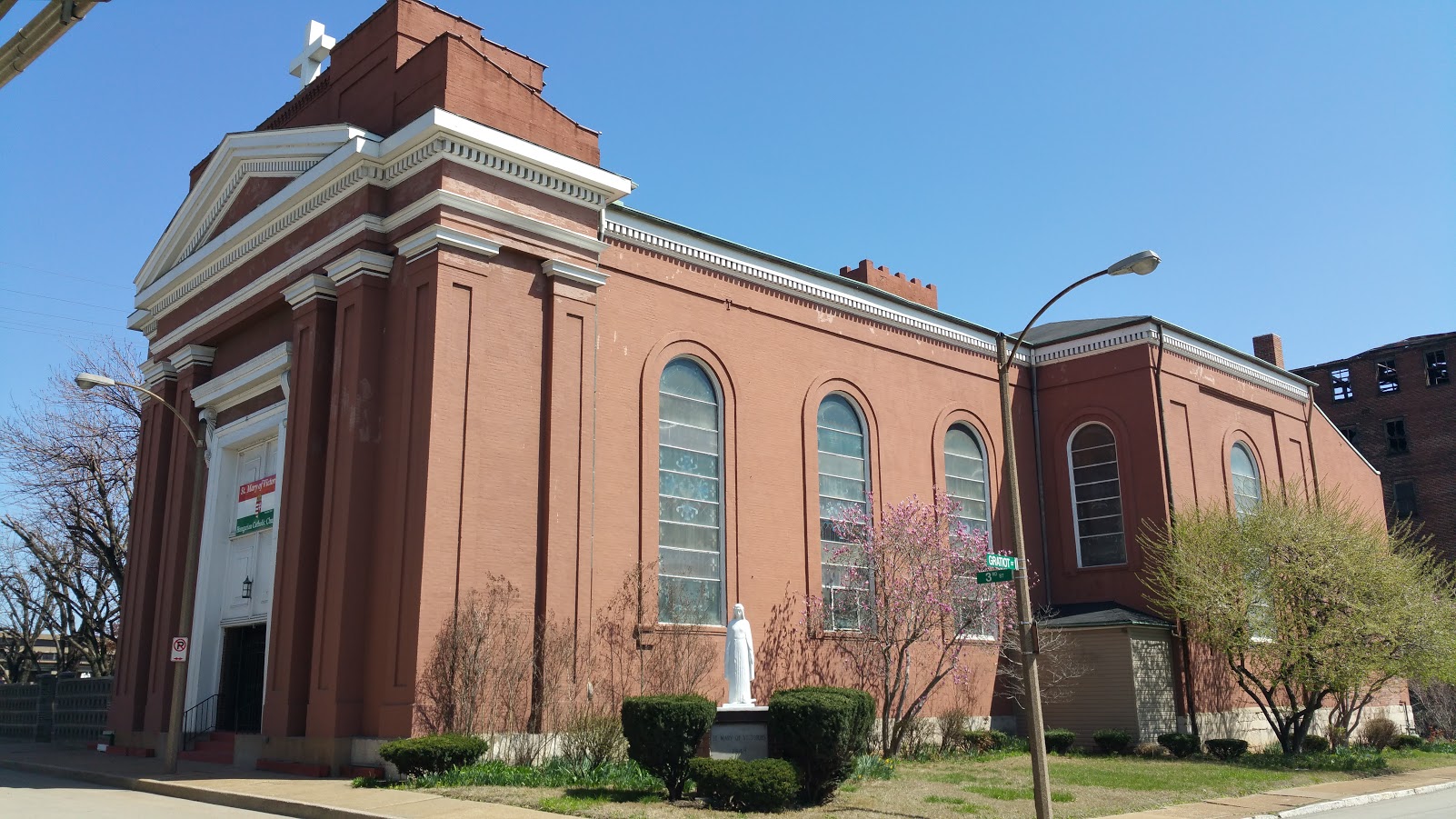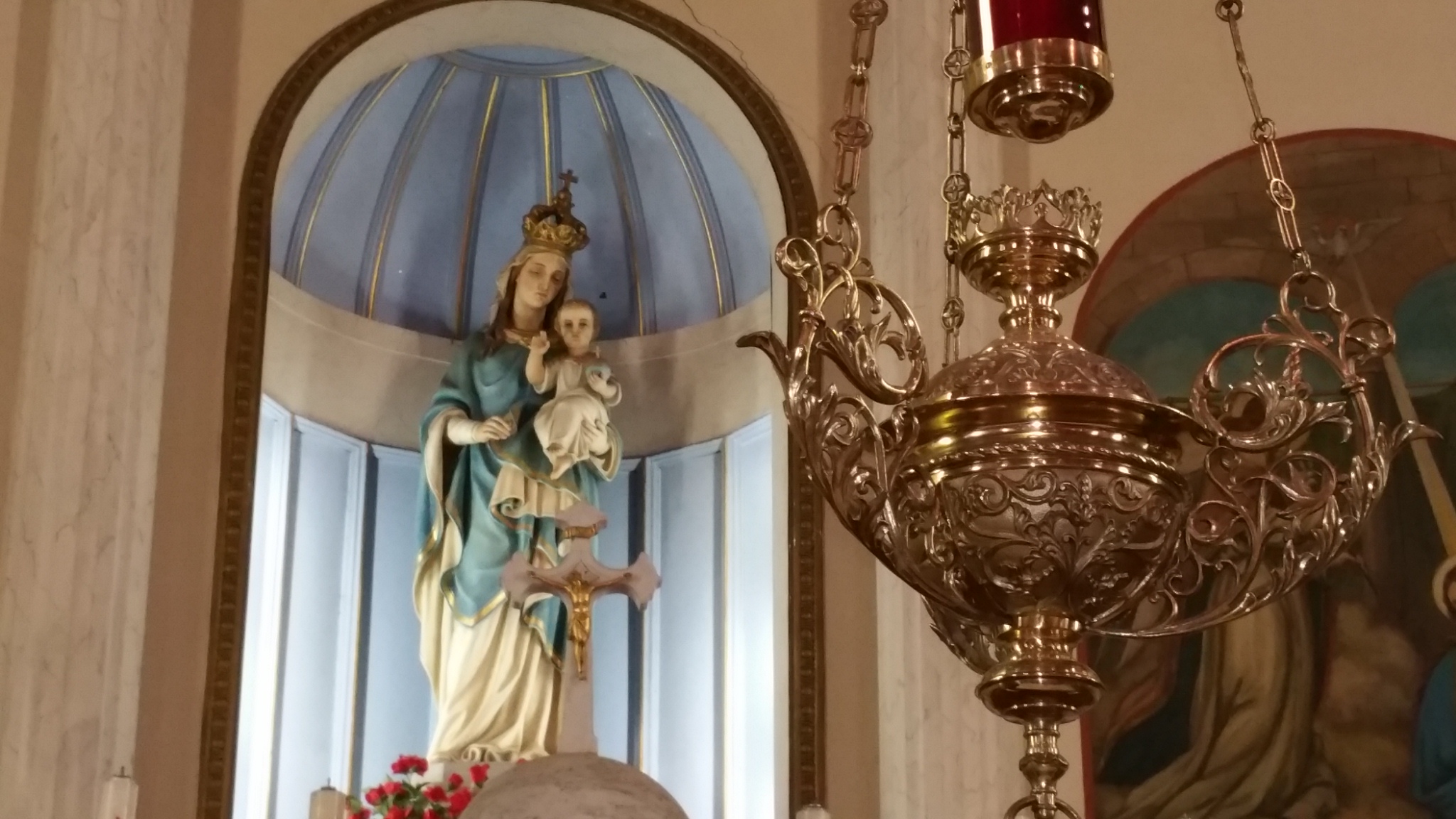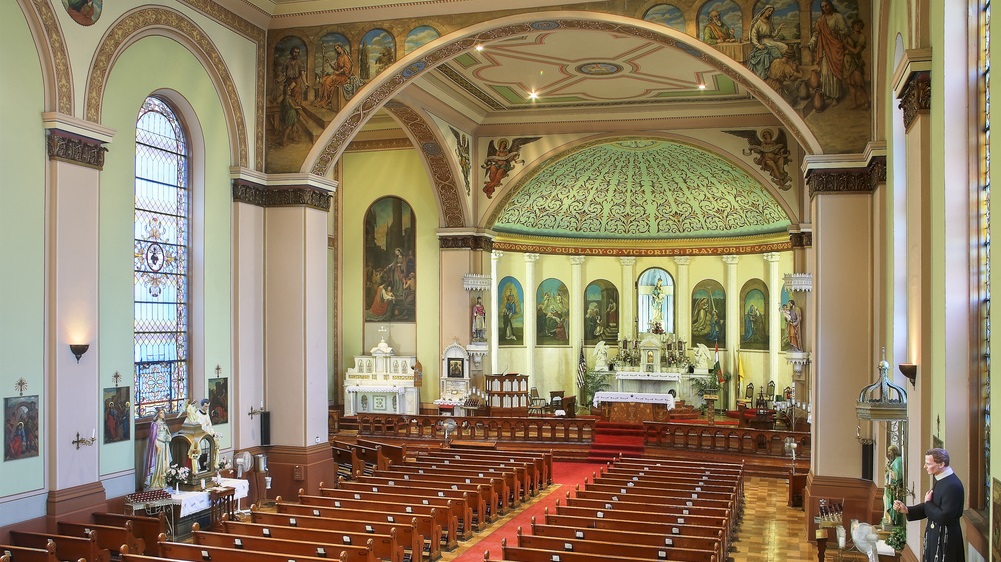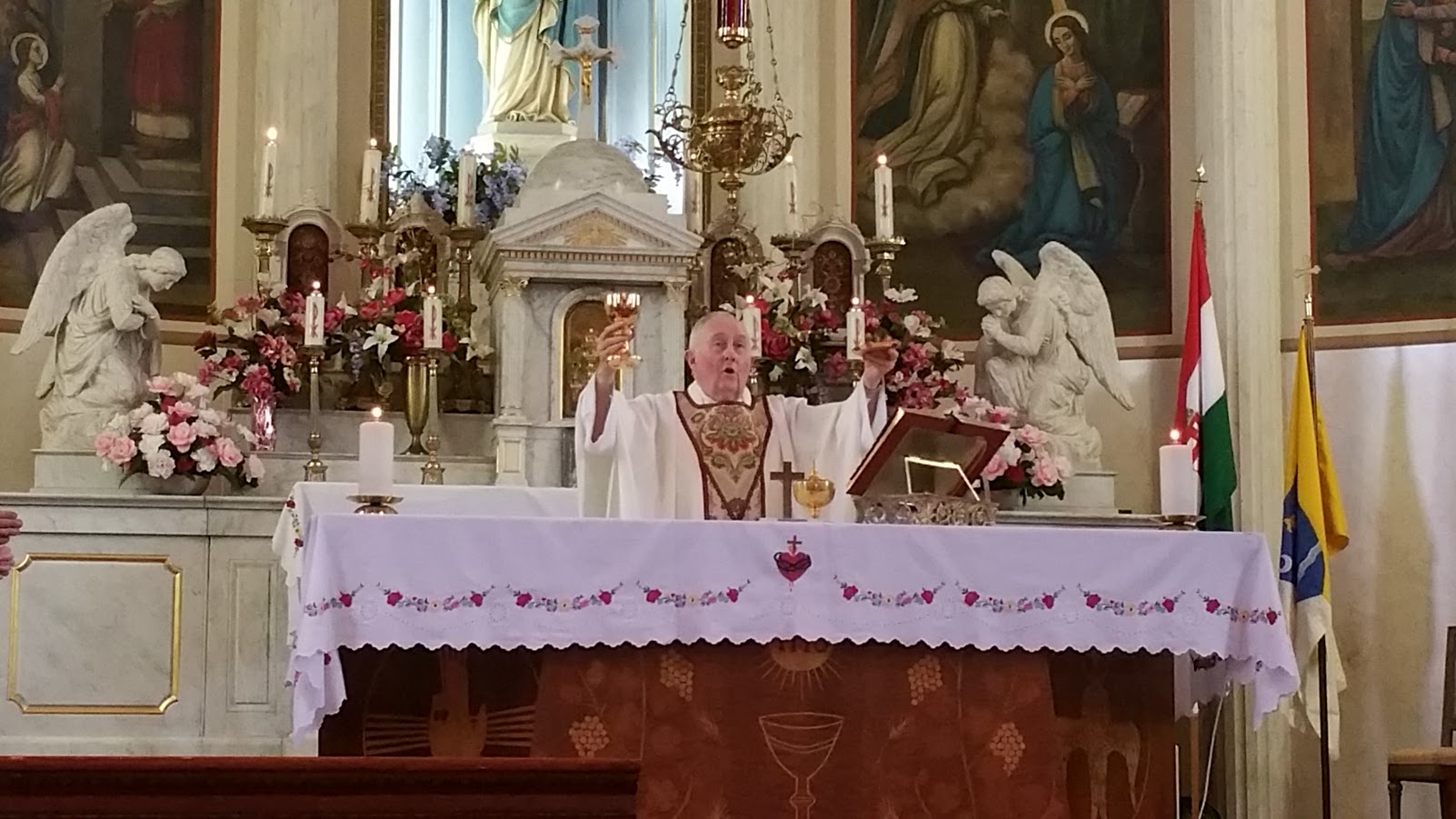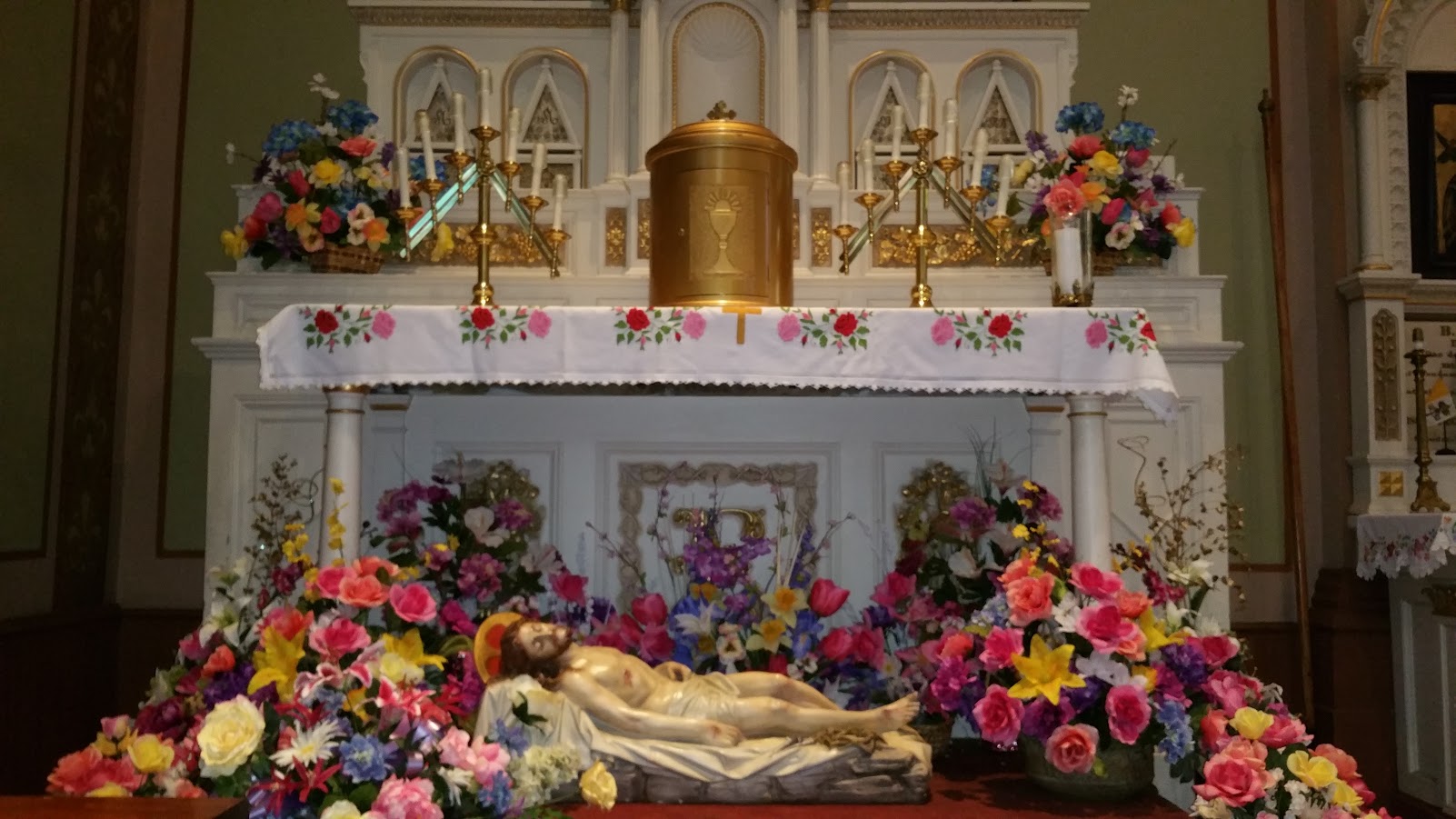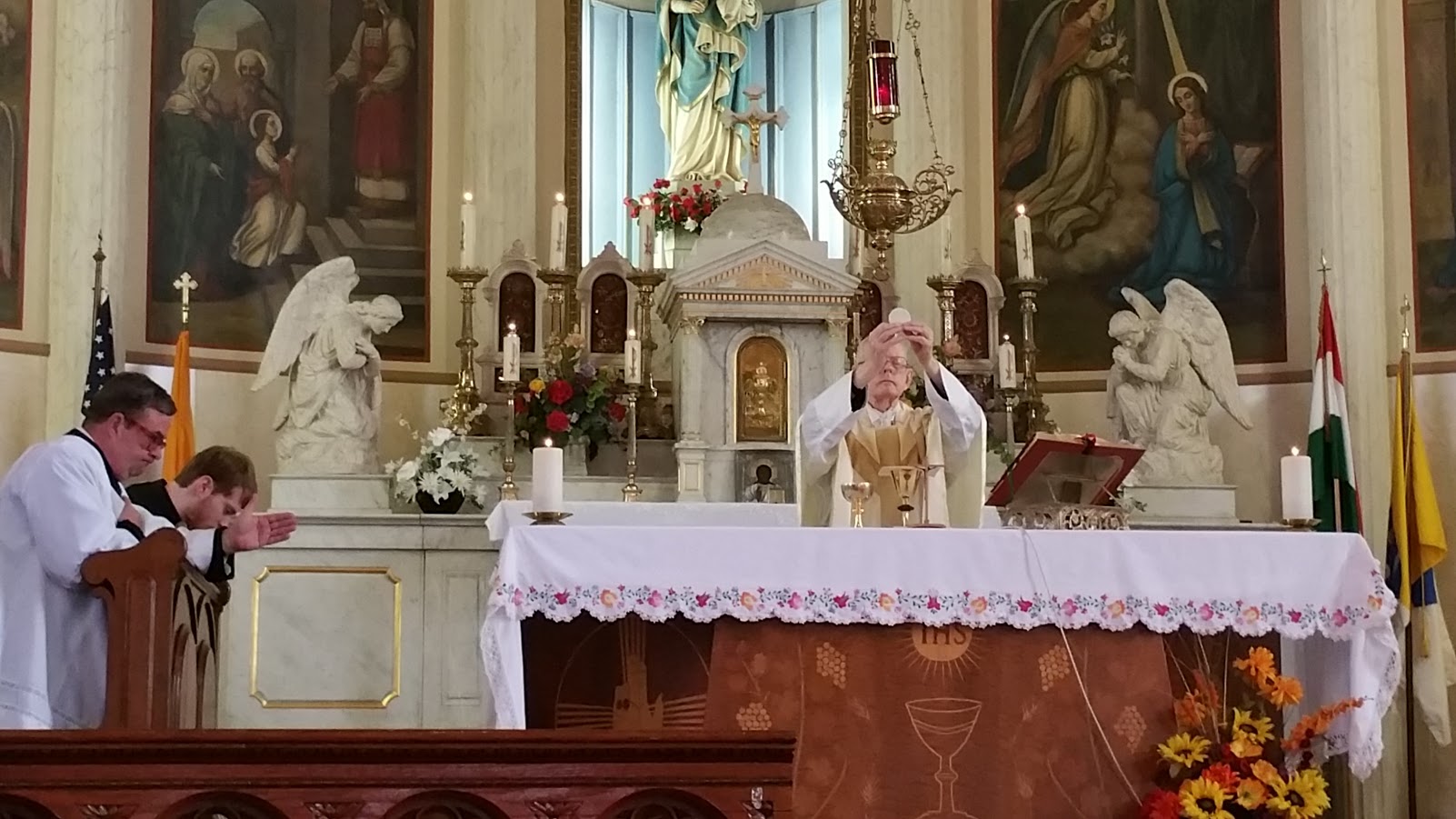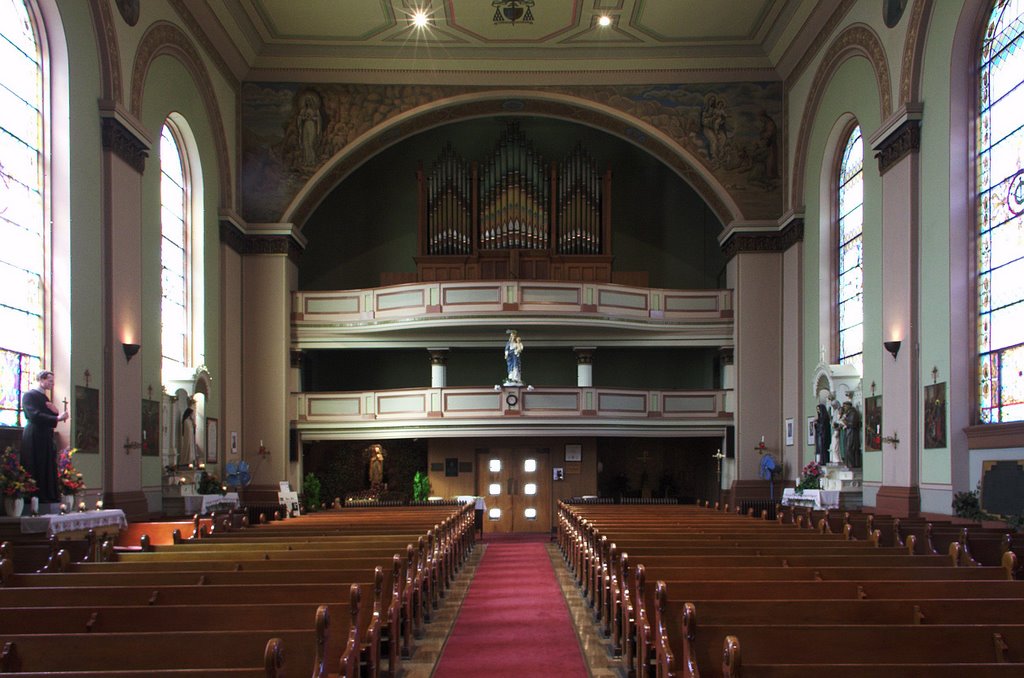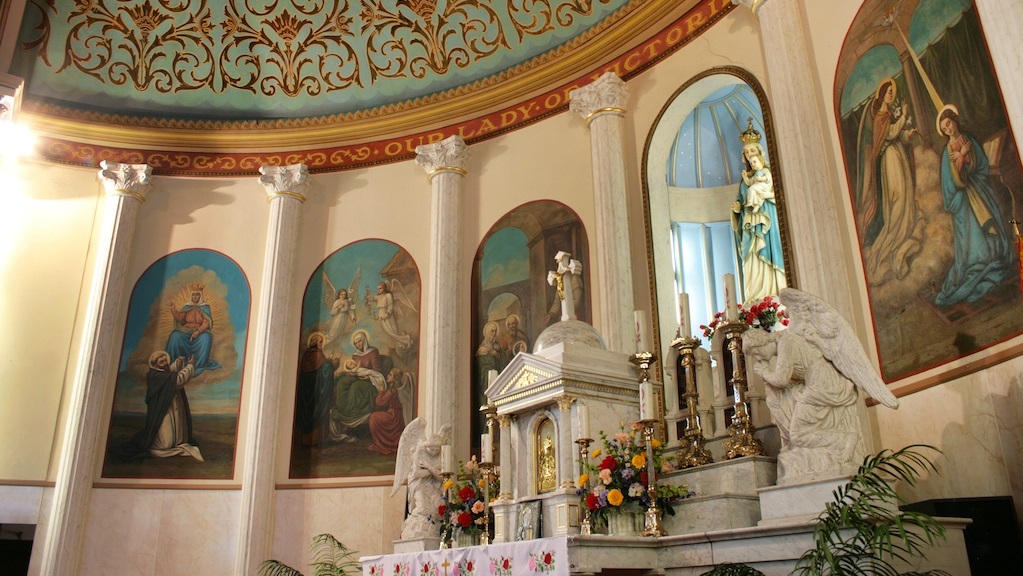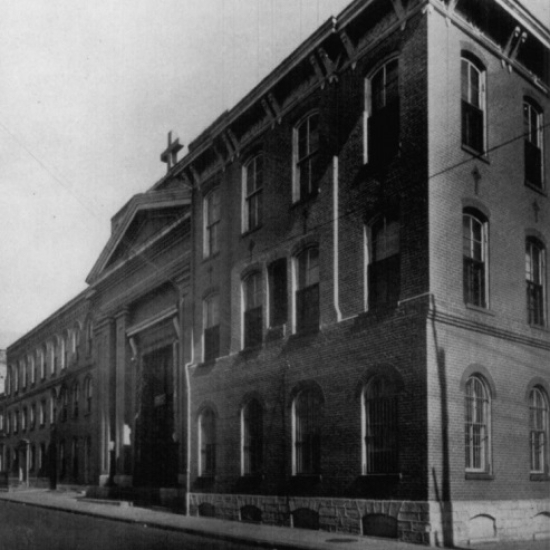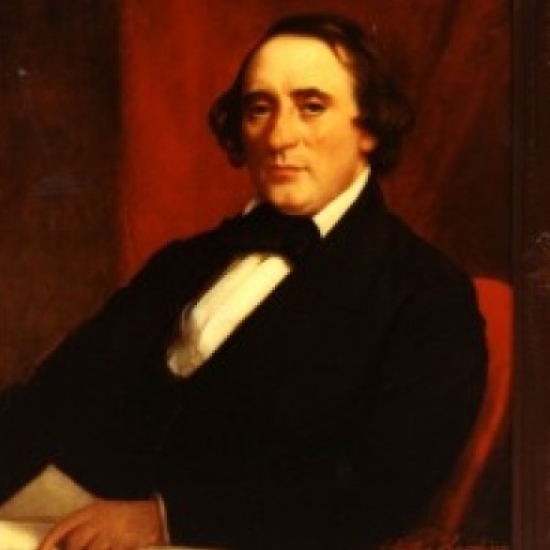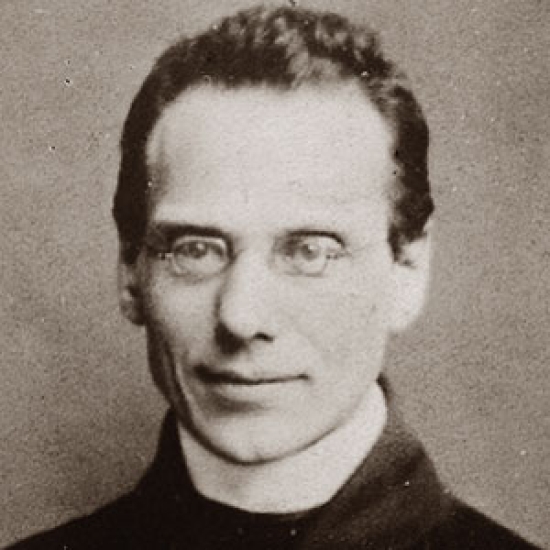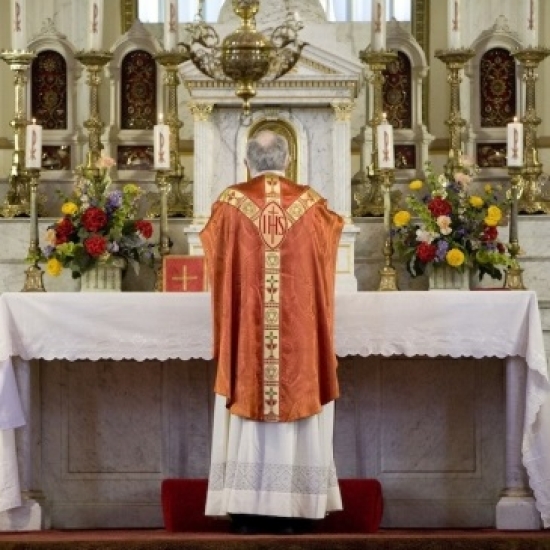8 December 2014, Immaculate Conception of the BVM (7:00pm OF)
Introit: Gaudens gaudebo, begin on C# (as mi)
Offertory: The God whom earth and sea and sky, V2H p. 368, begin on C
Communion: Gloriosa dicta sunt, begin on F# (as sol)
Recessional: Maiden, yet a mother, V2H p. 367, verses 1, 2, & 5, begin on F.
Ordinary from Mass IX (Cum jubilo), PBC, p. 55ff. Credo I, PBC, p. 75.
The Introit antiphon has three phrases:
- Gaudens gaudebo in Domino, et exsultabit anima mea in Deo meo:
- quia induit me vestimento salutis: et indumento justitiae circumdedit me,
- quasi sponsam ornatam monilibus suis.
Although a feast of the Conception of the BVM was widely celebrated several centuries before the dogma was defined by Pius IX in 1854, the feast as we have it now is a late addition to the calendar, as it took some centuries for the church to come to a consensus on the reality of the Immaculate Conception. So this melody, other than the neums of the last few words, is taken from the Introit of the sixth Sunday of Easter, Vocem jucunditatis. There, as here, it is a song of victory, of liberty, of thanksgiving, fittingly placed today on the lips of the Blessed Virgin. For this reason also text and melody are of the same mold. The first sentence begins softly and tenderly on the half step e-f and the minor third, whence the intervals are extended to the dominant do. The second half of the first phrase reflects the parallelism of the text (gaudebo—exsultabit) in the melody, which becomes more fervent over the words Deo meo.
The second phrase and the first half of the third phrase form parallel verses. The initial motif is similar to that at the beginning of the Introit. The interval of the fourth a-d leading over to the dominant creates a bold transition. These phrases are an outcry of ecstatic jubilation over the salvation that has come to the Blessed Virgin. She is indeed the first and most beautiful fruit of salvation; Christ has clothed her with the mantle of justice.
The melody of quasi sponsam offers a new image: Mary as 'a bride adorned with her jewels.' These words are sung on the descending melody with such charming humility as only the ancilla Domini, the handmaid of the Lord could sing them. And notwithstanding the miracles of grace which had been wrought upon her, she ever remained the humble handmaid of the Lord.
The Communion antiphon has two phrases:
- Gloriosa dicta sunt de te, Maria:
- quia fecit tibi magna qui potens est.
This melody was originally composed for the antiphon Dico autem vobis in the Common of Many Martyrs. In an earlier time it was the melody for the Communion of the feast of St. Hippolytus, who was commemorated two days before the feast of the Assumption. It may possibly have been borrowed from the former for the Communion Optimam partem of the Assumption, and thence transferred to today's feast. Here there is a more faithful adherence to the original than on the Assumption, where the text of the second phrase is somewhat abbreviated. The festive, serene character of the melody seems to have been inspired by the text. The descent to low re over tibi, a fourth below the tonic, which is characteristic of the eighth mode, forms the antithesis to the interval g-c. This formula is well known from the psalmody of the first mode with final cadence D ad lib. Annotated manuscripts have leniter—gliding downward gently—written at this point. On the feast of the Immaculate Conception the Communion closes with an accent on the third last syllable, necessitating a slight change in the melody. The closing phrase of the Communion reminds us once more that it was only the omnipotence of God which made it possible for Mary to enter this world pure and without the stain of original sin on her soul
